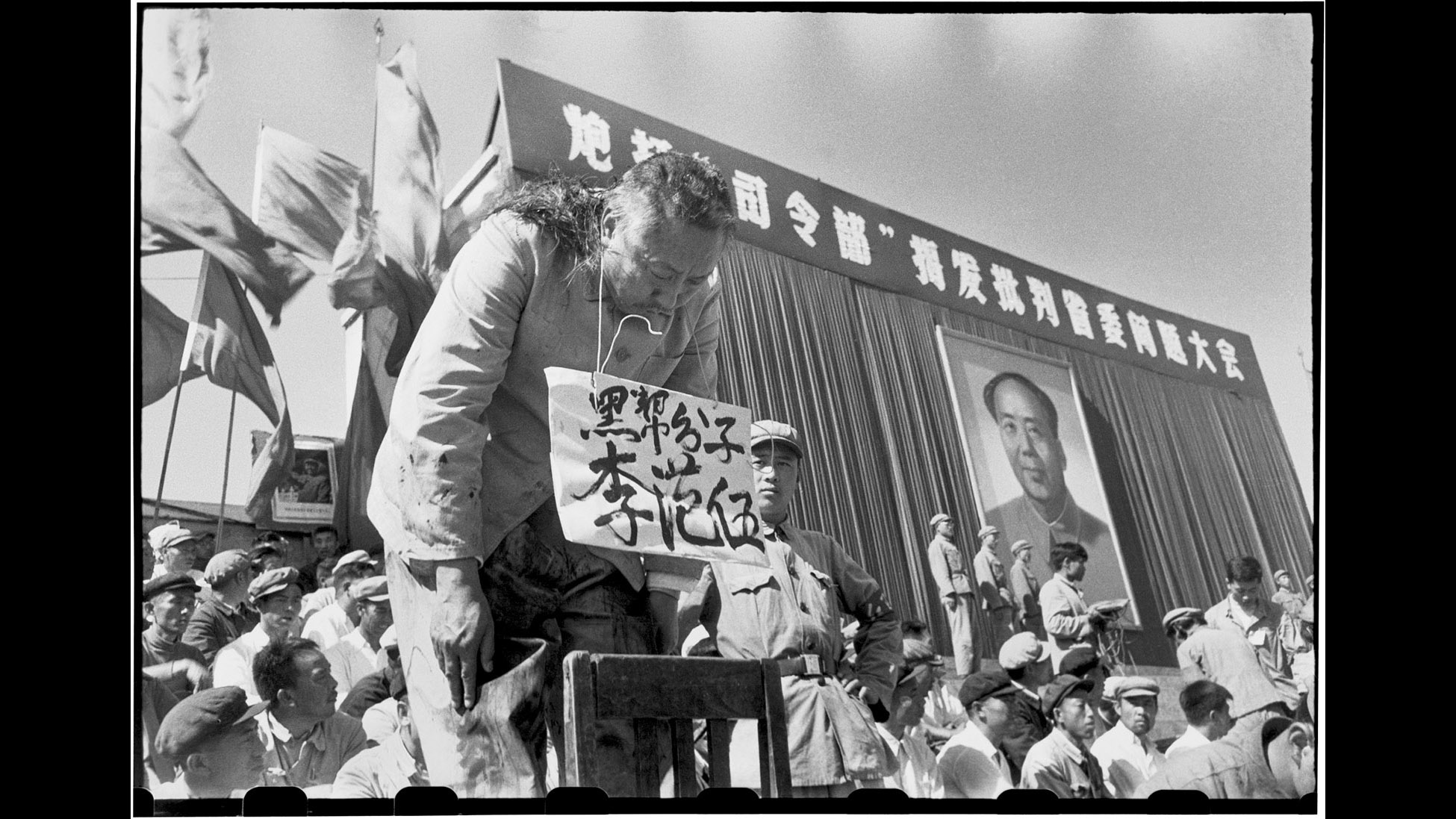An interesting look at the 'glorious revolution.'
***Article first published by 'The New York Times' on Jan. 6, 1993***
BEIJING, Jan. 5— Newly disclosed confidential government documents suggest that the Cultural Revolution plumbed previously unreported depths of savagery.
The documents, prepared by local government offices in the 1980's, two decades after the events they describe, seem to offer a meticulous record of how Red Guards and Communist officials in one province not only tortured their victims to death but also ate their flesh.
Copies of the documents have been smuggled out of China by Zheng Yi, a prominent writer wanted by the Chinese authorities for his work for the democracy movement at Tiananmen Square in 1989. After three and a half years as a fugitive, Mr. Zheng is to arrive in New York on Wednesday. Some Ugly Details
At some high schools, students killed their principals in the school courtyard and then cooked and ate the bodies to celebrate a triumph over "counterrevolutionaries," the documents report. Government-run cafeterias are said to have displayed bodies dangling on meat hooks and to have served human flesh to employees.
"There are many varieties of cannibalism," declares one report, "and among them are these: killing someone and making a late dinner of it, slicing off the meat and having a big party, dividing up the flesh so each person takes a large chunk home to boil, roasting the liver and eating it for its medicinal properties, and so on."
The documents suggest that at least 137 people, and probably hundreds more, were eaten in Guangxi Province in southern China in the late 1960's. In most cases, many people ate the flesh of one corpse, so the number of cannibals may have numbered in the thousands. Found Only in One Province
The cannibalism described in the documents was apparently confined to parts of Guangxi Province, a relatively remote area, and was subsequently kept quiet. There is no evidence that anyone in the national Communist Party leadership endorsed it or even knew of it.
The documents are stamped with official seals, and there is no indication of any tampering. A spokesman for the Guangxi Region Foreign Affairs Office said he could not comment on whether there had been cannibalism and could not allow a reporter to visit the area and investigate directly.
The incidents reported from Guangxi were apparently the most extensive episodes of cannibalism in the world in the last century or more. They were also different from any others in that those who took part were not motivated by hunger or psychopathic illness.
Instead, the actions appeared to be ideological: the cannibalism, which the documents say took place in public, was often organized by local Communist Party officials, and people apparently took part together to prove their revolutionary ardor. A Proof of Loyalty
In an interview after he left China and was waiting for his United States visa, Mr. Zheng cited one example from his own research in Guangxi: the first person to strip meat from the body of one school principal was the former girlfriend of the man's son; she wanted to show that she had no sympathy for him and was just as "red" as anybody else.
"These are the most gruesome and shocking revelations to date on the Cultural Revolution," said Robin Munro, an Asia Watch specialist on China and one of the few people who have examined the documents. "This evidence reveals horrors from the Cultural Revolution that rival in character if not in scope the worst excesses of the Khmer Rouge in Cambodia."
Mr. Zheng said he secretly photographed the documents on trips to Guangxi Province in 1986 and 1988, using a false letter of introduction to win cooperation from the authorities. An Accent on Terror
Even by the standards of the period, the reported horrors extend into previously unknown territory. Mr. Zheng cites an example from the documents of a woman who was forced to identify and denounce the mutilated corpse of her husband, who had been killed, stripped of his flesh and mostly eaten. As punishment for having loved a "counterrevolutionary," she was forced to sleep with his head beside her.
Some of those reportedly involved in the cannibalism received minor punishments when the Cultural Revolution ended after Mao's death in 1976. Wuxuan County expelled 91 people from the Communist Party for having eaten human flesh, and it demoted or cut the wages of 39 non-members of the party, but apparently no one faced criminal prosecution.
Map of China, indicating Guangxi. Chart: "A Grim Chronicle" Translated from a document that Zheng Yi, a dissident and writer, said was prepared by local Chinese government offices. Mr. Zheng has smuggled copies of several such documents out of China. 'The Diverser Varieties of Cannibalism' "There are many varieties of cannablism, and among them are these: killing someone and making a late dinner of it, slicing off the meat and having a big party, dividing up the flesh so each person takes a large chunk home to boil, roasting the liver and eating it for its medicinal properties, and so on."
